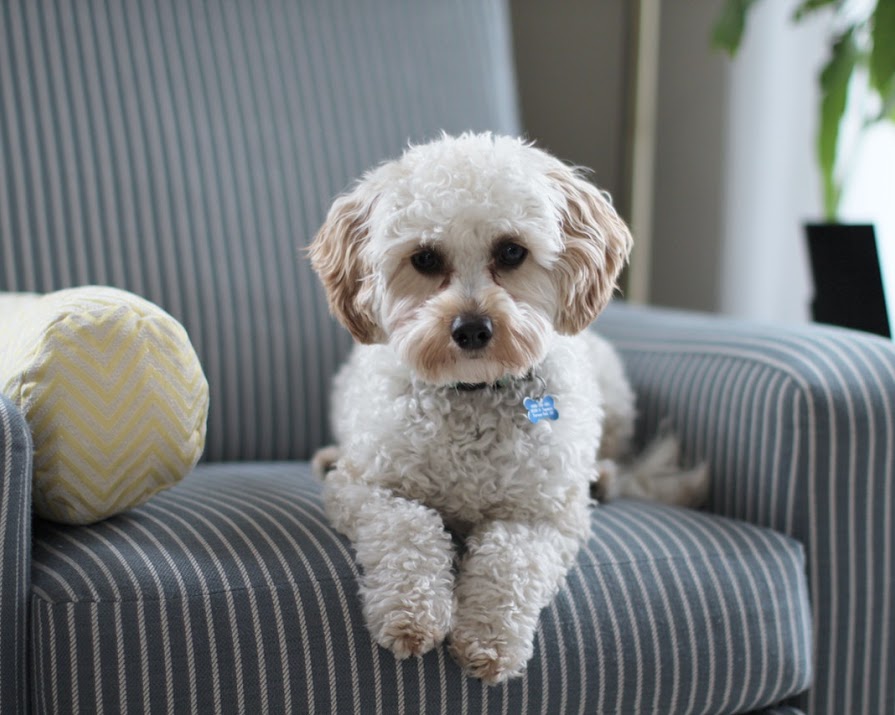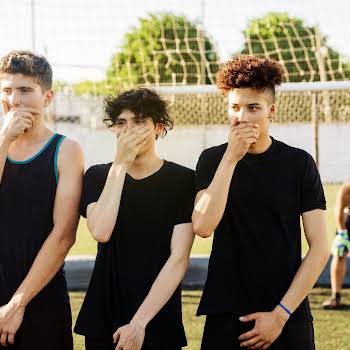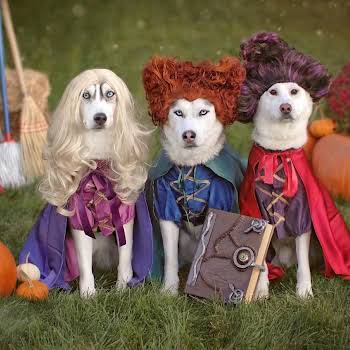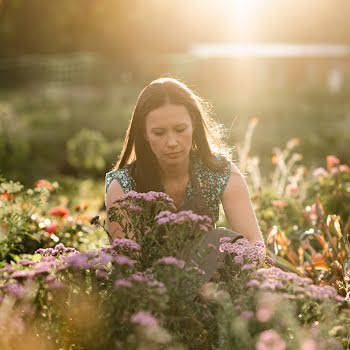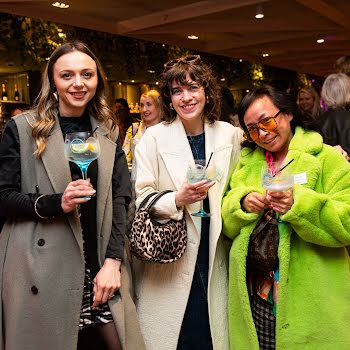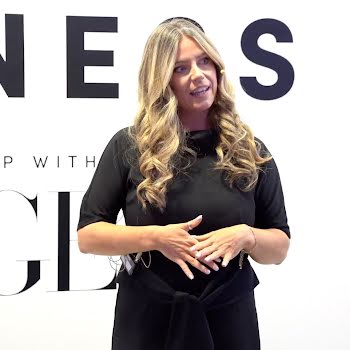By Grace McGettigan
11th Mar 2020
11th Mar 2020
There’s a lot more to dog grooming than shampooing and shaving. We spoke with Emma Coughlan, owner of Woof’n’Ready, about what to expect from your dog groomer (as well as what to do ahead of your pooch’s appointment)
Dog grooming is as much about making your dog look good as it is about making them happy and healthy.
While many dog owners choose a groomer based on close proximity to the house, it’s important to look at what services they offer (and more importantly, which ones they don’t).
We spoke with Emma Coughlan, the owner of Woof’n’Ready in Stillorgan, about what a ‘full groom’ should entail. She also filled us in on the differences between a good groomer and a ‘not so good’ groomer, as well as what to do ahead of your dog’s appointment.
What should a full groom entail?
“In my opinion, a full groom should be the full works,” says Emma. “A full groom at Woof’n’Ready includes a thorough brush out to remove any dead hair and/or mats. This is followed by a warm shower with a selected shampoo suitable for your dog. Conditioner will also be used if suitable for your dog’s coat.
“The anal glands will be expressed in the bath if the owner has requested this,” she adds.
“After the dog is washed, they are brushed and fluff dried. Once dry, the dog is styled (to the breed standard or owner’s request), the nails are clipped and the ears are cleaned and plucked if necessary.
“Finally, a spritz of cologne is added to keep them smelling fresh for as long as possible,” says Emma. “I feel that all of these options should be available at a dog groomers. If a groomer is well trained, there should be no issue carrying out these services.
“If a customer is paying for the full works, I do not see why they should have to pay for a full groom and then, for example, pay a vet to express the glands too,” she says.
View this post on Instagram
How often should a dog’s anal glands be expressed?
The answer to this depends on various factors, Emma says. “When a dog passes a bowel movement, the anal glands should naturally express themselves. However, for some dogs, this does not happen naturally.
“This can be because of a number of things – such as a dog’s weight, size, or diet. We tend to see it more often in smaller breeds.
“Some dogs may need their glands expressed only a few times a year, or some as often as monthly. It’s dependent on the individual dog.
“A good dog groomer should also have the dogs health and welfare at the forefront of the groom”
“Signs of a dog who needs its glands emptying include licking the area and scooting their bum on the floor,” she explains.
“There is some controversy over this topic as some people believe only vets should perform this service. I have been trained correctly and will only go near the glands with the owner’s approval. If a dog does not have a problem expressing its own glands naturally, they should be left alone.”
How often should a dog’s nails be trimmed?
“A dog uses its nails for numerous things, such as grip and traction, so it is important to keep them in good condition.
“If a dog is walking every day on a hard surface (such as concrete), they may never need their nails cut as they will naturally file themselves down. However, if a dog is walked only on grass, they may need their nails cut regularly.
“You should be able to see if a dog’s nails are overgrown,” says Emma. “It is also important to keep an eye on the dewclaw (the thumb-like nail), as this can often grow faster and curl up back into the paw pad”.
When it comes to trimming the nails, Emma explains, “inside the nail is a blood vessel called the quick. In dogs with white/clear nails, you can see the quick clearly. It is the red in the centre of the nail. You can only cut the nail as far as the quick.
“In dogs with black nails, you cannot see the quick clearly, so we must just cut a very small piece of nail away at a time until we reach it.”
View this post on Instagram
How often should a dog have a full groom?
“The answer depends on the individual dog. As a groomer, I am able to advise how often certain breeds should be groomed – but similar to humans, each dog’s hair grows at a different rate – even if they are the same breed.
“Most long-haired dogs would benefit from grooming every six-10 weeks.”
The difference between a good groomer and not-so-good groomer
“I think a good dog groomer should have the ability to listen and advise their clients. A dog groomer should, at the very least, be able to groom a dog to breed standard. This can then be modified to the owner’s requests.
“It is important to know the breeds well so you can offer advice and recommendations to new dog owners,” she adds.
“A good dog groomer should also have the dogs health and welfare at the forefront of the groom. Any lumps and bumps found on a dog should be noted and the owner notified.
“Another key indication (and probably the most important) to knowing if a groomer is good or not is to see how your dog reacts when leaving the premises. If you come to pick up a dog who is playing with a wagging tail, you will know you have a good groomer!”
Is there anything you’d like owners to do ahead of their dog’s appointment?
“Brush your dog!” Emma says. “I cannot stress enough how important it is to brush your dog’s coat. A couple of minutes every day makes all the difference.
“If your dog comes in in a bad way, we may not be able to save the coat – and even if we can, it is an unpleasant experience for your dog which we definitely don’t want.
“We want your dog to have an enjoyable experience at the groomers,” she says, “and everybody has a part to play in that.
“I would also recommend bringing your dog for a walk before being groomed as this will tire them out and also allow them to go to the toilet. If it is an early morning appointment, you may want to give them their breakfast after their appointment,” she adds.
View this post on Instagram
Any advice for owners of nervous or anxious dogs?
“Start early. Introduce your dog to grooming when they are a puppy,” Emma says.
“Most groomers, including myself, offer a ‘Puppy’s First Groom’. This is for puppies between 14 weeks and six months; and it includes a brush out, a wash and fluff-dry, and a trim around the face, bum and paws. This allows the pup to get used to the grooming environment (including noises and smells).
“It also allows them to meet the groomer and build up trust, so when they come in for their big groom they know the groomer and know how the salon works.
“Allow the dog to check the place out at its own pace and build a familiarity with the salon”
“If you have an older dog that is nervous, I would recommend a meet-and-greet with the groomer. Again, I think it is important for the dog to build trust with the groomer. I would suggest the owner pops in with the dog to meet the groomer and allow the dog to check out the place.
“In addition to this initial meeting, at Woof’n’Ready, we encourage the owners to leave their dog with us for 20 minutes or so, to allow the dog to check the place out at its own pace and build a familiarity with the salon. This should hopefully lead to confidence over time.
“At Woof’n’Ready, we also try to take only one dog at a time. I find this helps immensely with nervous dogs as it is a much calmer and quieter environment. It also means that dogs do not have to be confined to crates,” Emma says.
For more information, or to make an appointment with Emma, call 089 4809 109 or visit woofnready.ie.
Feature photo: Dominic Buccilli from Pexels
Read more: Pets are scientifically proven to make you happier
Read more: Disney casts rescue dog in the live-action remake of Lady and the Tramp
Read more: Losing a pet is a painful experience — it’s okay to cry











